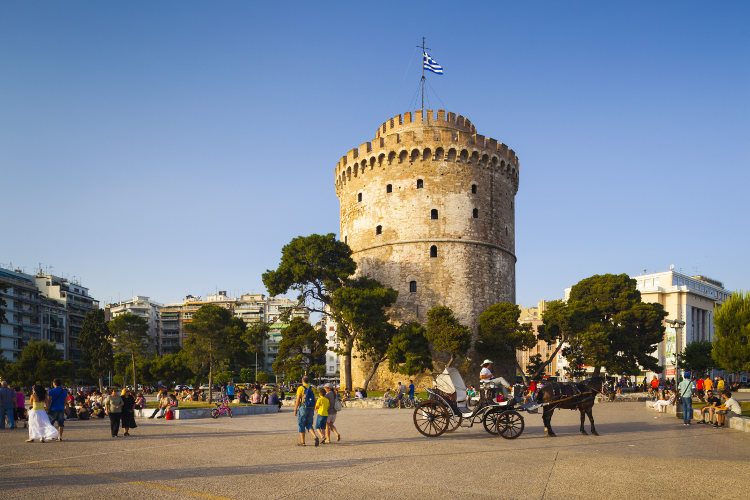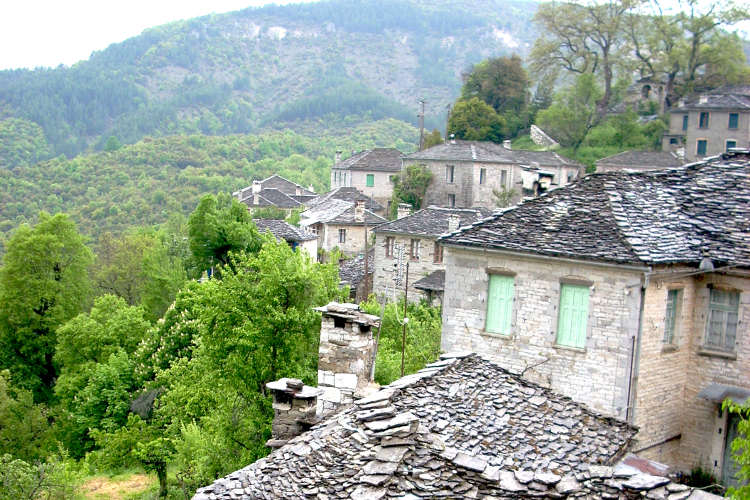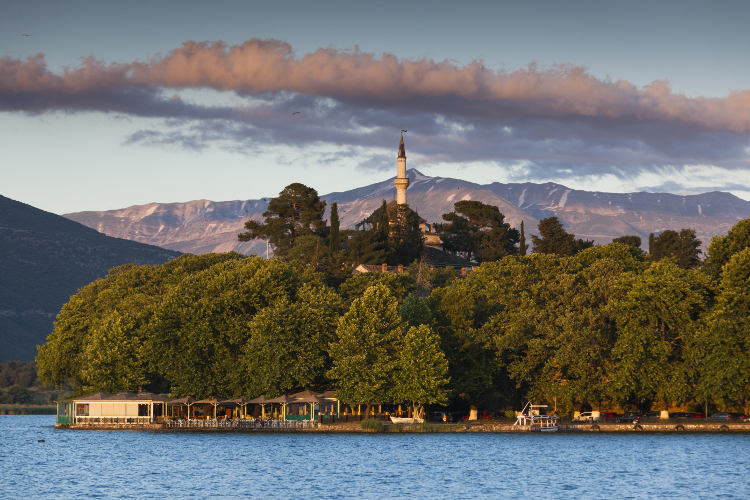The tangible reminders of a history both triumphant and traumatic remain scattered throughout northern Greece. Although the region has only been part of Greece since the Balkans were carved up in the 1912–13 Balkan Wars, it’s hardly a young territory: Macedonians, Illyrians, Thracians and Romans all ruled in ancient times, while the Byzantines, Slavs and Turks later held sway for lengthy periods. Myriad monuments, fortresses, churches and mosques attest to their diverse influences.

Today, with the grand Egnatia Odos Hwy spanning the region completed, northern Greece is getting easier – and quicker – to navigate. It’s also becoming a pretty happening place. Thessaloniki, Greece’s second city, offers outstanding eateries, nightlife and culture, while the university town of Ioannina is a lively spot close to the magnificent Pindos Mountains. Even fairly provincial Thracian cities such as Xanthi, Komotini and Alexandroupoli offer a piece of the action. Northern Greece also boasts great beaches, both for those looking for summer nightlife and for others in search of more secluded spots.
However, the most spectacular sights are surely those of Epiros, a place that will take your breath away. The lofty Pindos mountain range, which comprises most of it, has for thousands of years been safeguarding civilisations and confounding invaders. Bisecting the Pindos is the stunning 12km-long Vikos Gorge (one of the world’s deepest), now a national park filled with leafy forests, waterfalls and ice-cold mountain lakes, and surrounded by immaculate traditional stone-and-slate villages of the Zagorohoria.

South of these mountains, the provincial capital of Ioannina is a fun, student city with history and ambience, set along a placid lake decorated with an island; it is a fine place to base yourself while exploring the area. The Epiros capital is the gateway to the Vikos-Aoös National Park and faces sheer mountains. This idyllic setting is further enhanced by an evocative old quarter interspersed with narrow lanes and architectural wonders from Byzantine and Ottoman times.
Getting to Epiros can be an event in itself. The main road, whether from Kozani in Macedonia or from Kalambaka in Thessaly, winds up over the Pindos Mountains – except when it cuts straight through them, inside the massive tunnels created for the Egnatia Odos cross-country highway, a spectacular feat of modern engineering which cannot fail to impress.

The Vikos-Aoös National Park bursts with pristine rivers and forests, flowering meadows and shimmering lakes reflecting jagged mountains and endless blue sky. Almost one-third of Greece’s flora (some endemic) lives here, along with endemic fish, foxes and chamois, rare hawks, river otters and brown bears. The park’s major Tymfi Massif, part of the north Pindos Mountains, contains numerous ear-popping peaks including Mt Trapezitsa, Mt Astraka and Mt Gamila.
The 12km-long Vikos Gorge is a truly awe-inspiring work of nature. Jaw-dropping gorge views across the abyss can be enjoyed from walking trails and accessible roads. While most people you encounter – should you encounter any people at all – will be fellow hikers or their local hosts, you may still find semi-nomadic Vlach and Sarakatsani shepherds, taking their flocks up to high grazing ground in summer and returning to the valleys in autumn.
Should you tire of the solitude and the mountainous beauty and crave some of Greece’s best beaches, Ioannina is only a short trip away from Igoumenitsa, the main ferry port to the popular Greek island of Corfu.